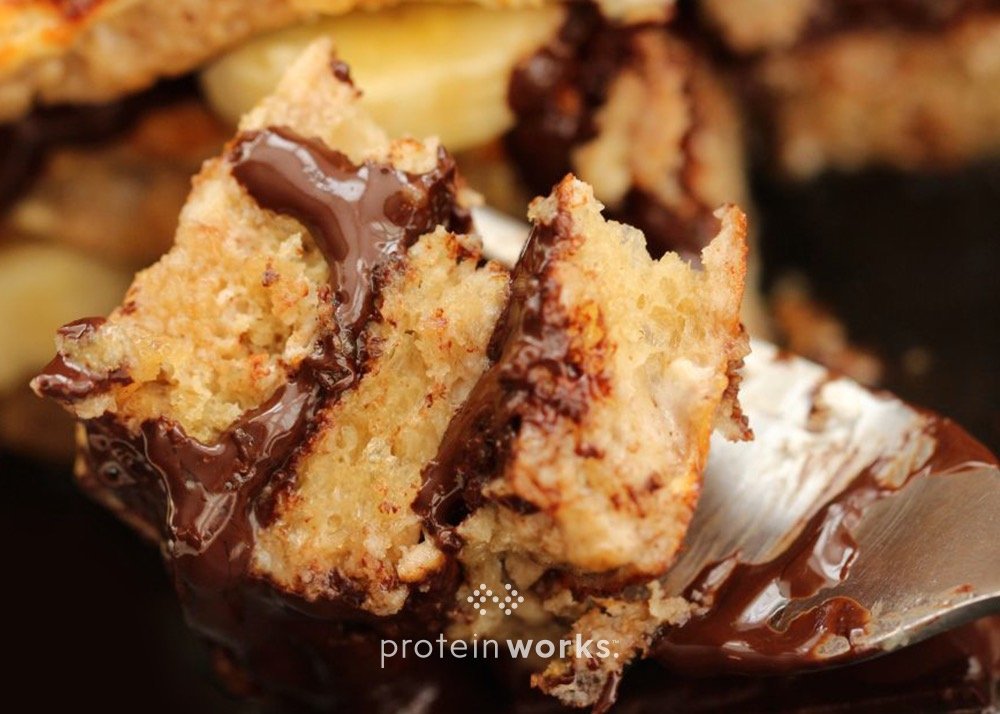
Protein French Toast + Banana + Dark Chocolate
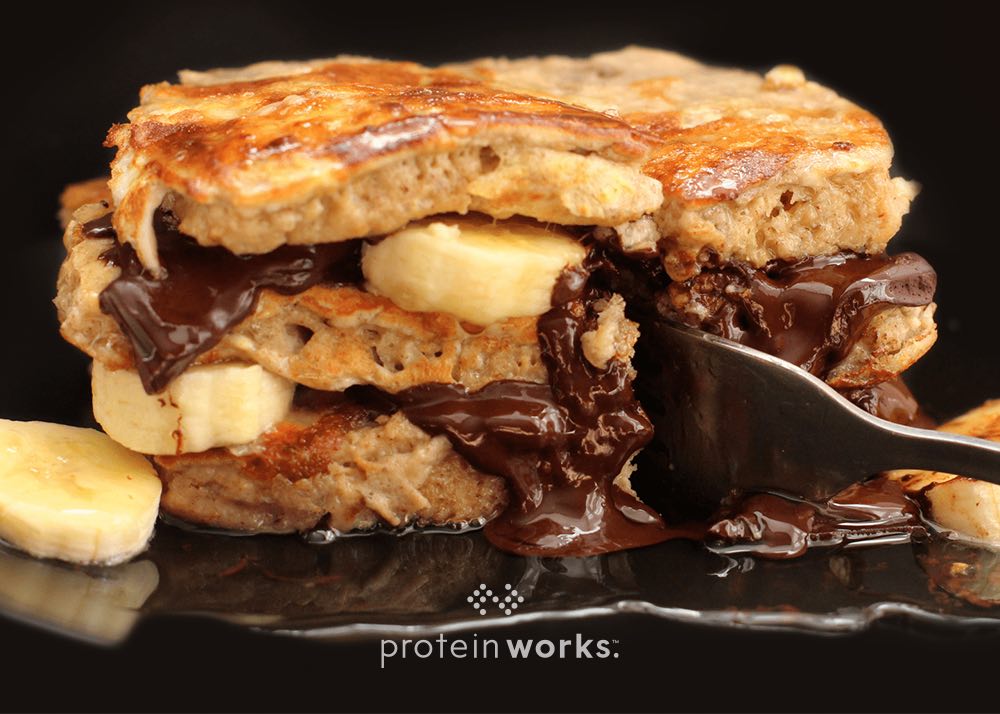
Let’s say you’re at a dinner or a work party stuck making small talk with someone a bit… boring. Let’s say that you’ve been through the weather, the traffic, what brought you to this city/country, and whether or not you have pets.
The conversation is going nowhere and there’s nothing you can do to leave the party. You have at least another hour there and everyone else is talking to someone else so you can’t walk away from this person. You’re stuck. You try to bring up interesting topics but nothing is sticking, the conversation instead keeps slipping into the land of the mundane.
If you ever find yourself in this position, you know what we suggest you do? Start talking about French Toast. Yeah, French Toast.
Begin by asking if they like French Toast (chances are they will) and then go into ‘did you know that in England it’s called Eggy Bread? And that some people call it ‘gypsy toast’? Ask them if they know why it’s called French Toast in the US. When they tell you they don’t know – or if they say, ‘because it’s from France?’ shake your head and then go into the story: While French Toast as we know it (i.e. as fried or baked egg-and-milk-soaked bread) was eaten in a similar form in various parts of the Europe before the Middle Ages, it wasn’t until the mid 17th century that French Toast started becoming widely popular – but not as ‘French Toast’, as Pain Perdu (which in French means ‘lost bread’, an allusion to the fact that French Toast was most often made with stale – or ‘lost’ – bread).
According to the Oxford English Dictionary, the name ‘French Toast’ first featured in 1660, in a book called The Accomplisht Cook. However, that recipe “left out the eggs, in favor of soaking pre-toasted bread in a solution of wine, sugar, and orange juice.” (Yuck!) According to an article published in Slate, “the first egg-based recipe in print didn’t appear until 1870; throughout the tail end of the 19th century, similar recipes appeared under the monikers ‘French toast,’ ‘Egg toast,’ ‘Spanish toast,’ and even ‘German toast.'” Some even called it ‘American Toast’ (e.g. the author of the 1887 White House Cook Book). Conclusion? The name ‘French Toast’ is more arbitrary than it is descriptive (much like ‘French Fries’ are in the US).
After you’re done recounting this brief history of French Toast, ask the person you’re speaking with to describe their perfect stack of French Toast. Invite them to dream up something. Ask them whether they’d add nut butter – and if so, what kind? Whether bacon would feature. Would they add any berries? What about syrup? Err… Chicken?
If you were to ask us what our perfect stack of French Toast would look like, well, look no further than this delicious protein recipe.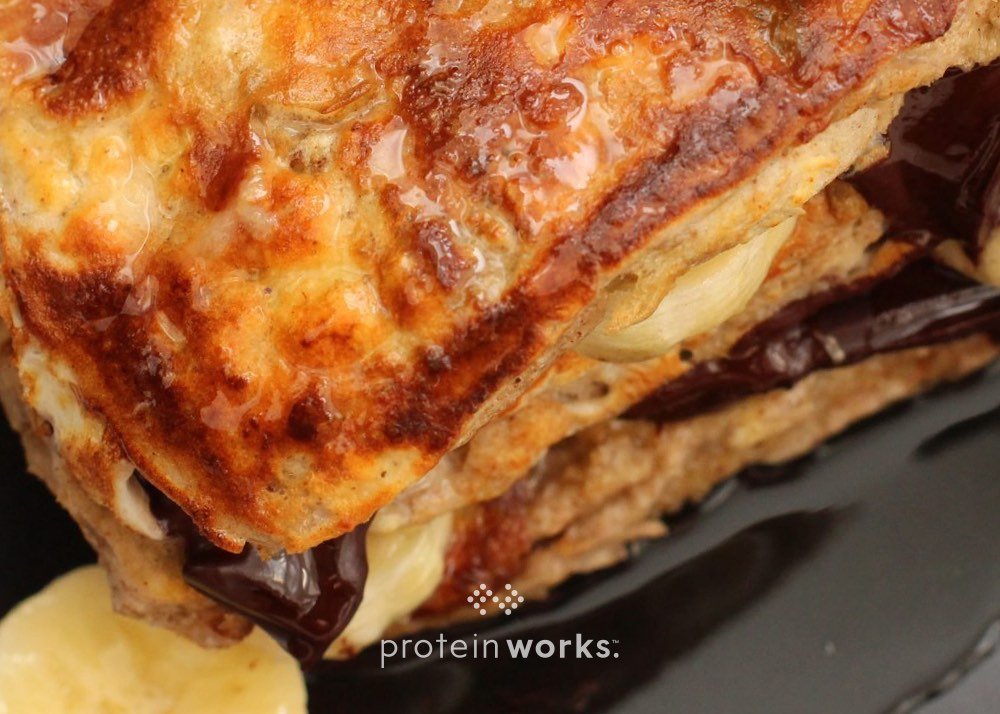
Ingredients
2 eggs
1/4 cup of unflavored or vanilla Whey Protein 360 (or Whey Protein 80)
1/4 cup of almond milk (or any other milk)
1-2 tsps of cinnamon 4 slices of your bread of choice (I used gluten-free bread)
2 squares of dark chocolate
1/2 banana
Directions
1. Blend all the above ingredients together except for the bread, banana, and chocolate.
2. Dip the bread in your batter and leave it there for a few minutes so that the bread soaks up as much batter as possible.
3. Fry up on a nonstick pan further nonsticked with some coconut oil or low-calorie spray.
4. Add your toppings and… bon appetit!
Macros per slice of French Toast (sans any toppings as these are up to thee)
176kcals, 11g protein, 15g carbs (2g = fiber), 8g fat.


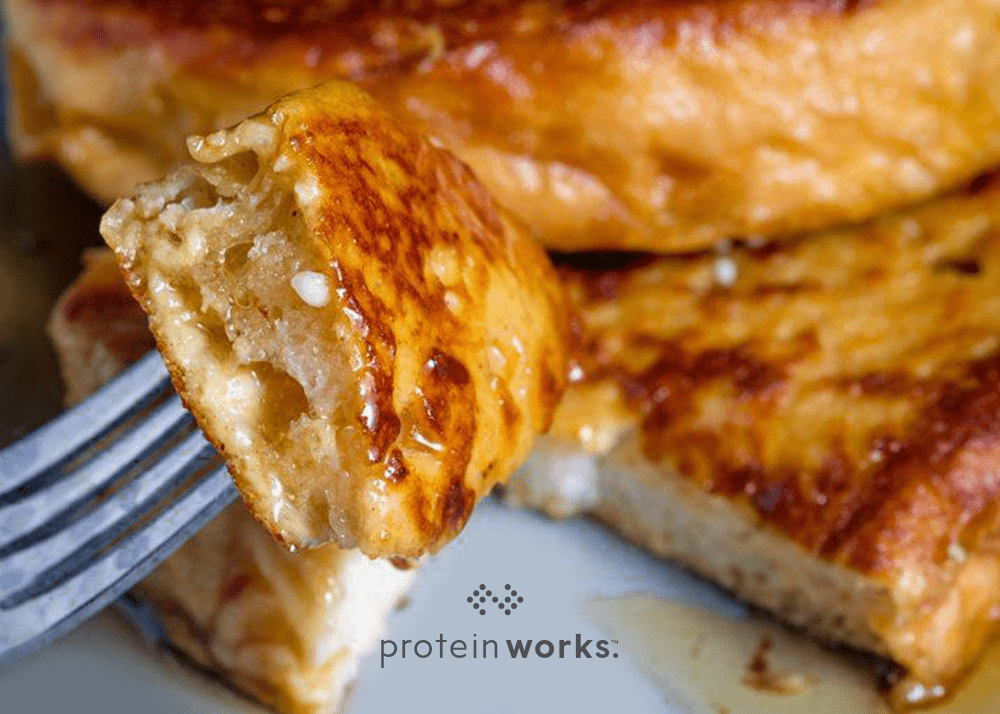
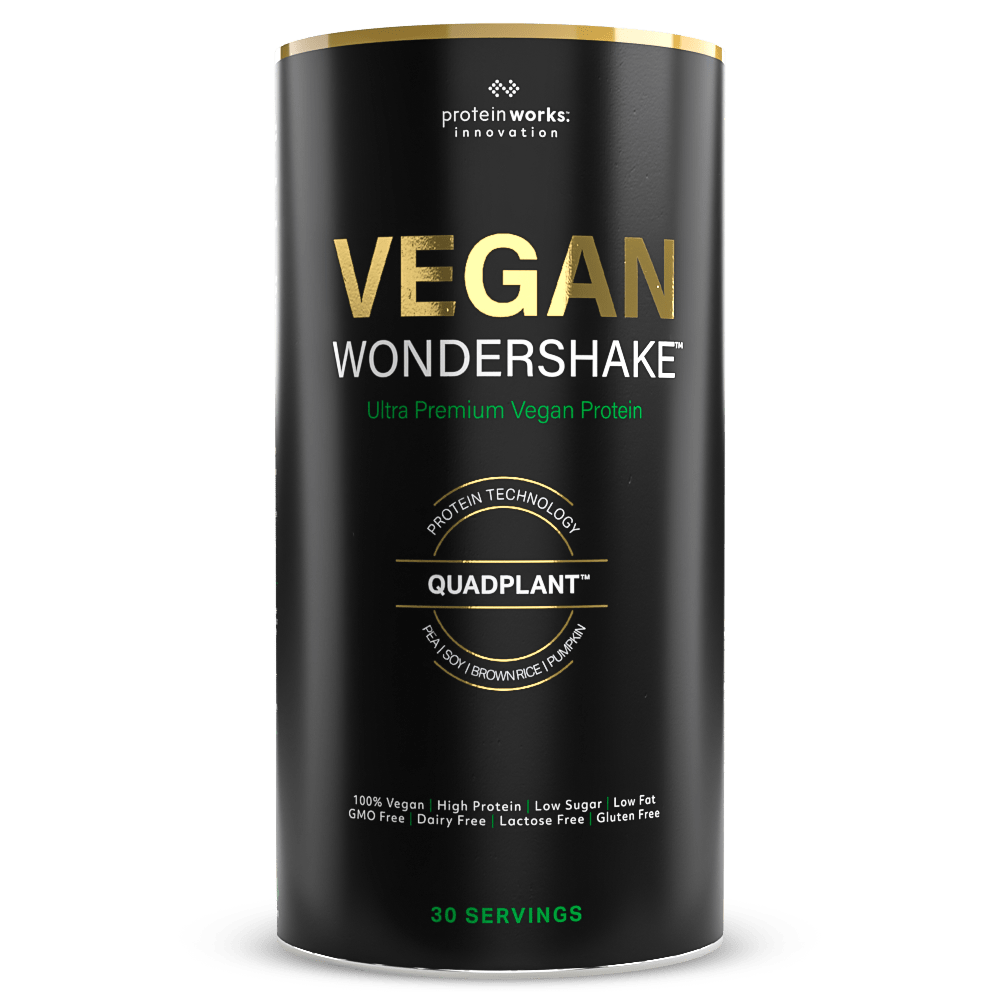
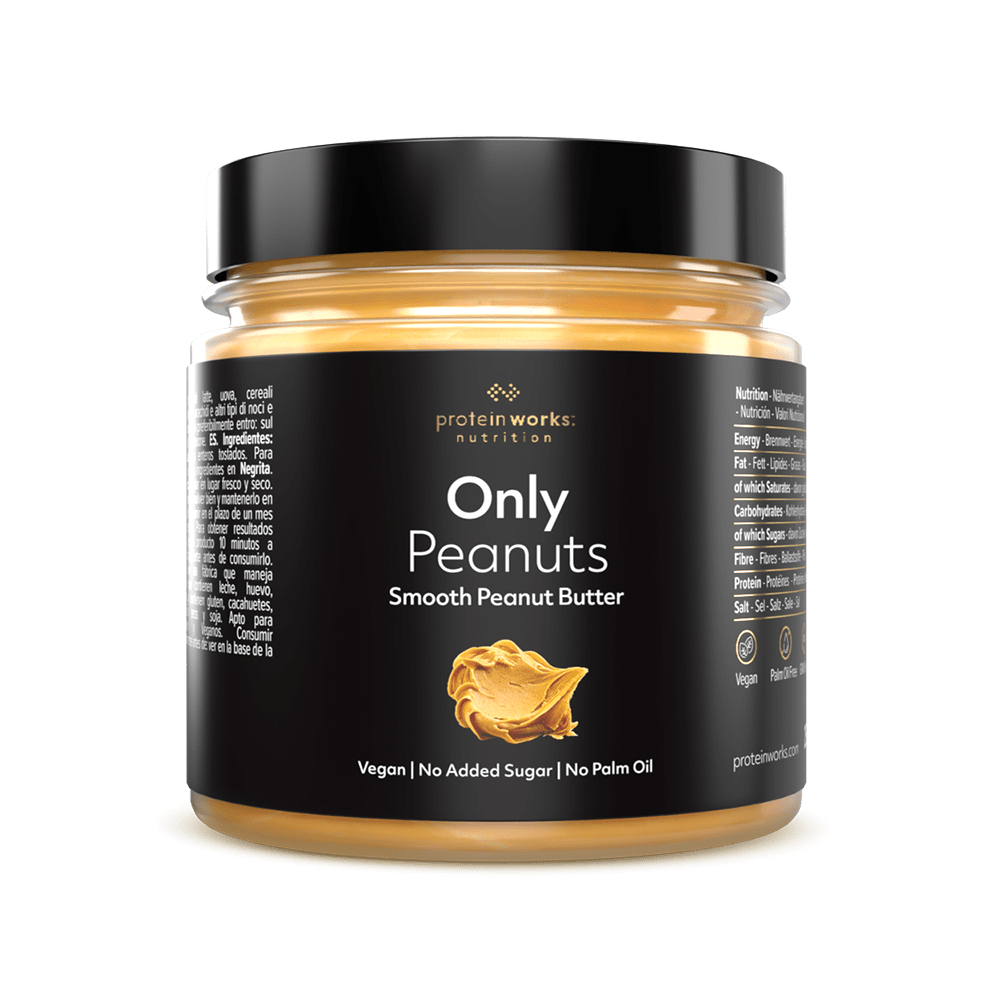
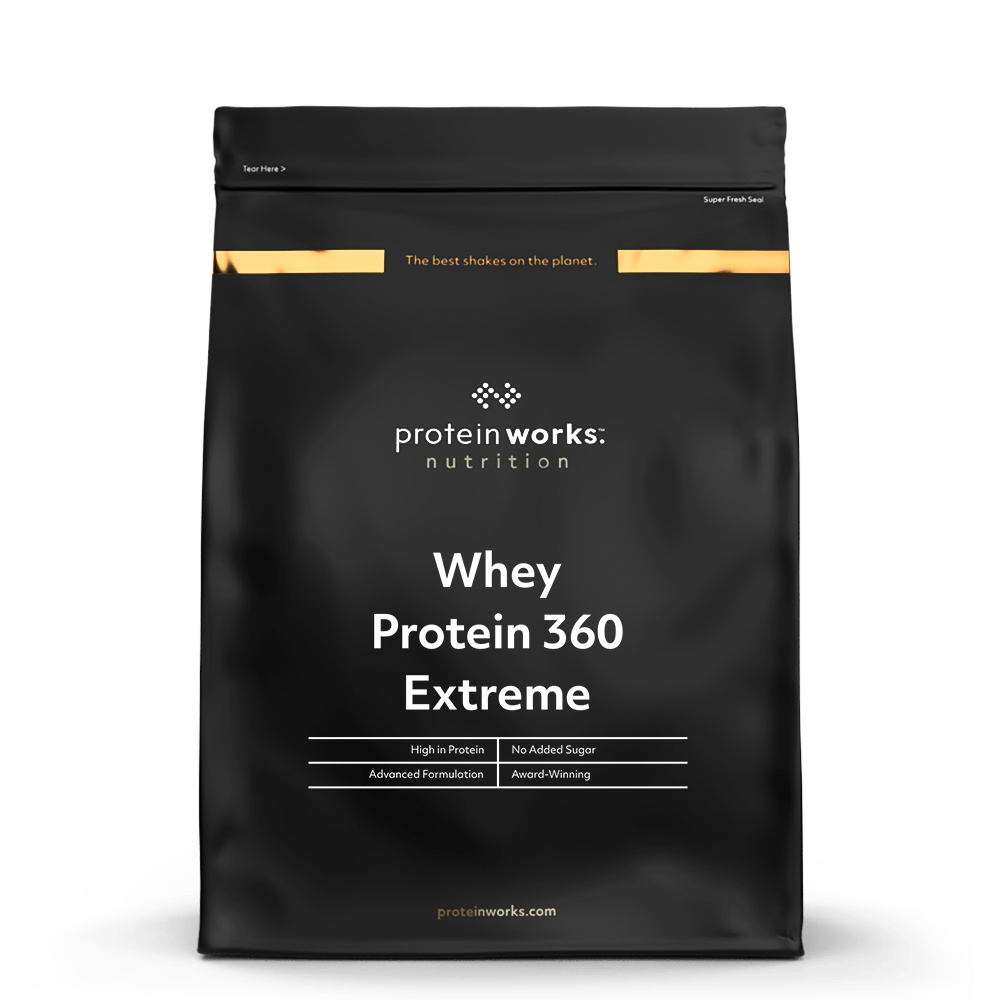
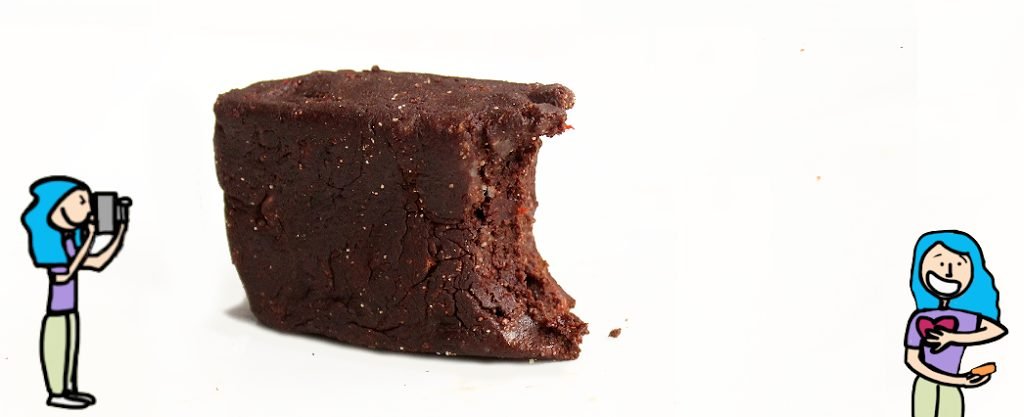
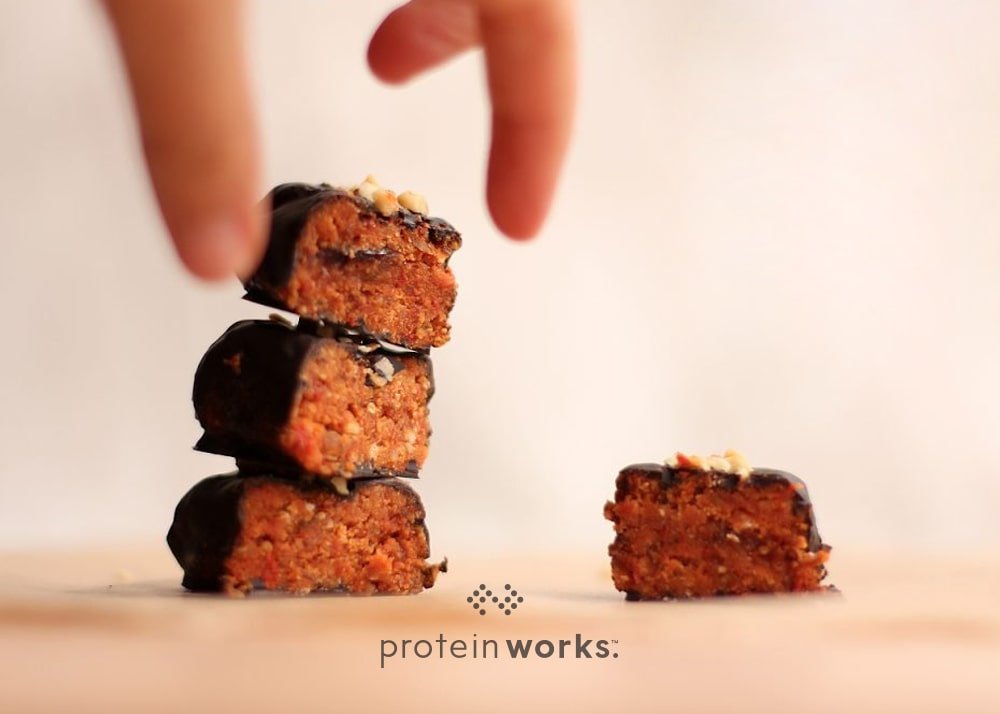
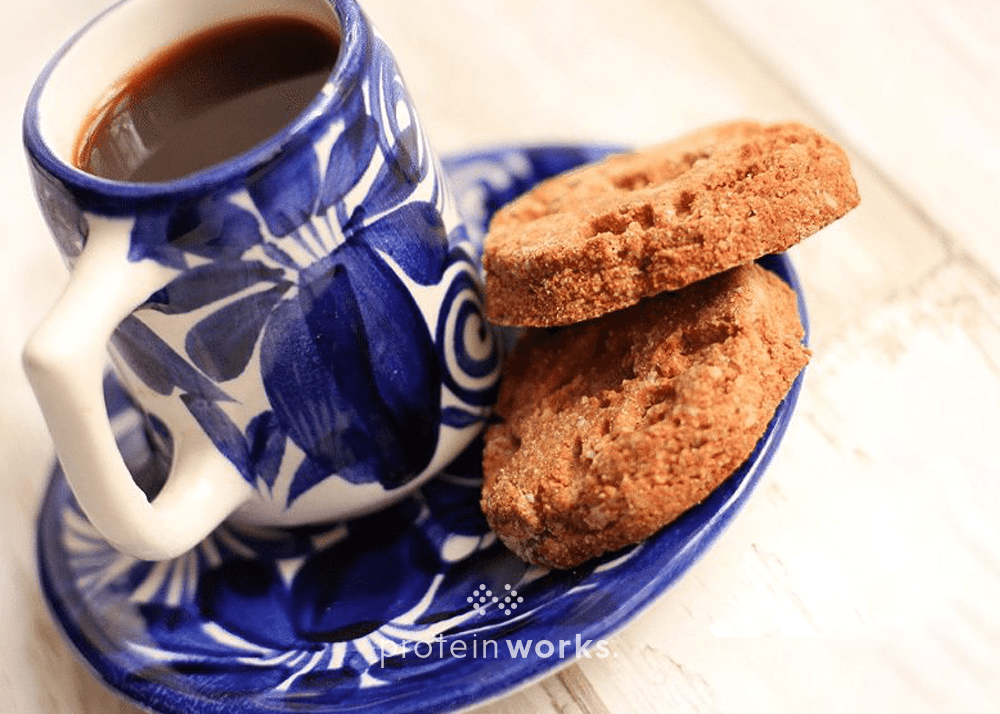
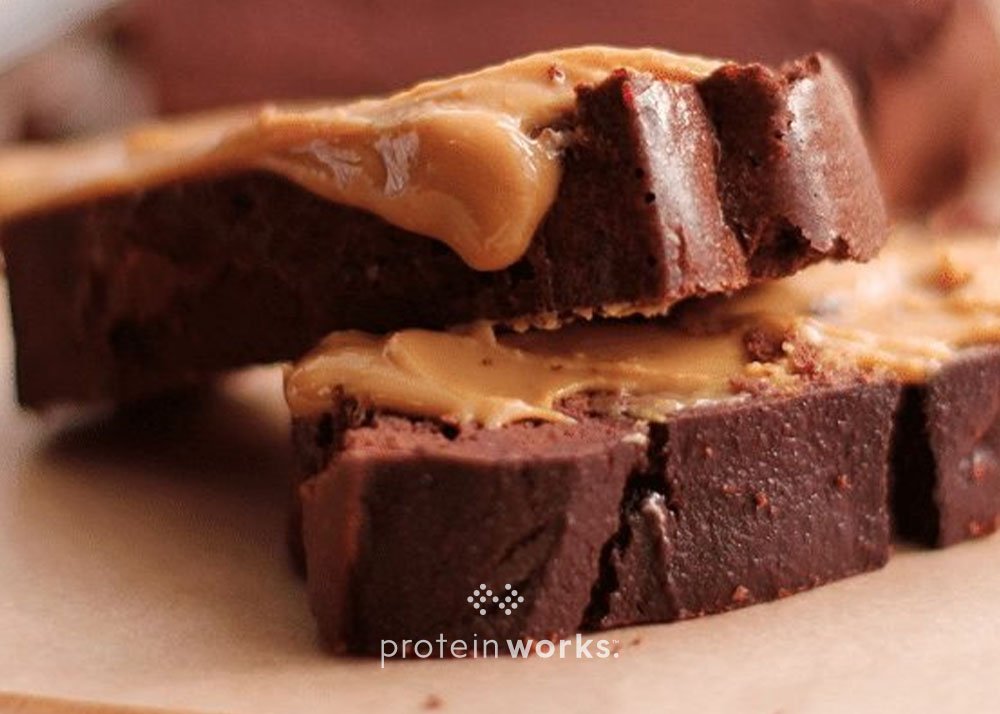
No Comments yet!